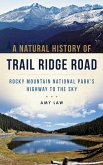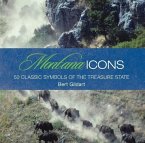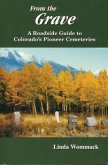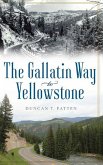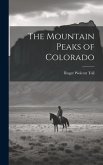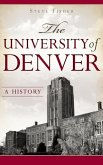Stevens Pass always has had an aura of mystery about it. Even while Seattle boomed during the great gold rush of the 1800s, there was no way to cross the formidable North Cascade Mountains. Inspired by potential Orient trade, railroaders spent years looking for a suitable route over the mountains until surveyor John F. Stevens discovered a pass in 1890. The history of the opening of Stevens Pass is a saga of nearly superhuman feats by railroad construction crews, ghastly design mistakes, natural catastrophes, and the determination of magnates to connect communities by rail. Another part of the Stevens Pass saga is the story of individuals who traversed the mountains, built crude homes and schooled their children at home or in drafty log school houses. But there also was an element living in the mountains who took advantage of the isolation to work scams, fight, steal and even commit murder. More than a regional history, this story tells of the Wellington disaster, a killer avalanche; the period when ski jumping drew crowds of thousands and the growing efforts of the U.S. Forest Service to serve recreational demands.


